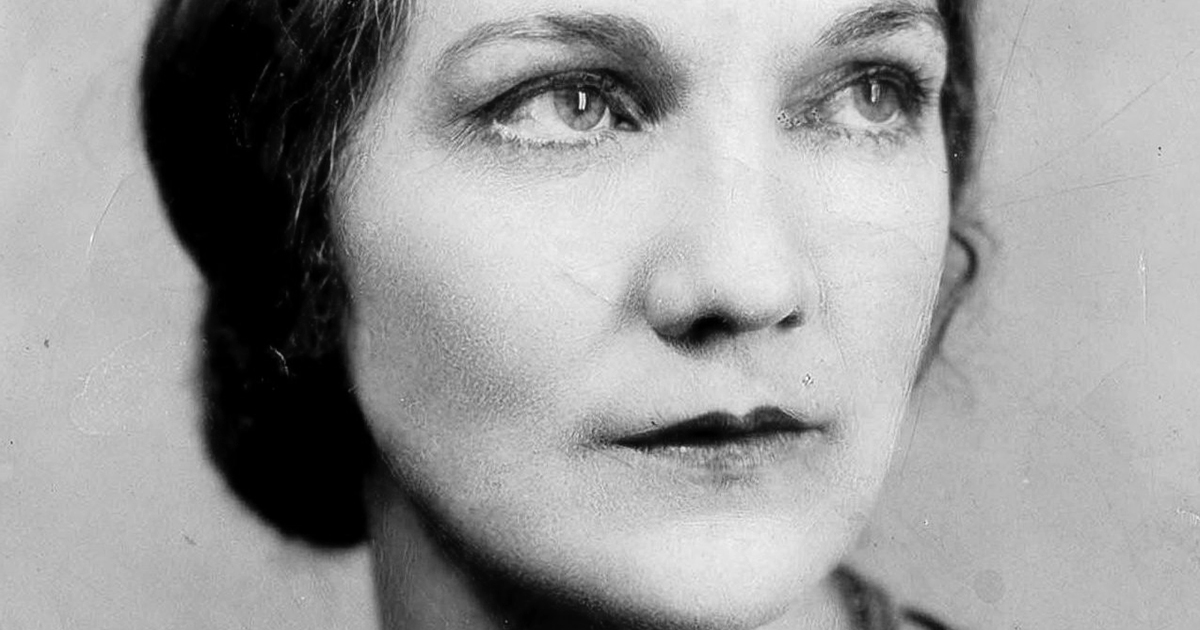What Rises from the Ruins: Katherine Anne Porter on the Power of the Artist and the Function of A... - 4 minutes read

When the dust of the centuries settles, what is left of every civilization are not its dogmas and its ideologies, not its reasons for going to war, but its arts — those emblems of our search for meaning, reaching for a reality realer than fact, deeper than doctrine; those records of our reckoning with what the world is and what it can be; those supreme revelations of who and what we are. Rebecca West understood this when she wrote in her exquisite meditation on storytelling and survival that “art is not a plaything, but a necessity, and its essence, form, is not a decorative adjustment, but a cup into which life can be poured and lifted to the lips and be tasted.” Saul Bellow understood it when he insisted in his Nobel Prize acceptance speech that “only art penetrates what pride, passion, intelligence and habit erect on all sides — the seeming realities of this world,” while a more genuine reality is “always sending us hints, which without art, we can’t receive.” Toni Morrison understood it when she observed that “art reminds us that we belong here.”
The writer and activist Katherine Anne Porter (May 15, 1890–September 18, 1980) understood it uniquely, having lived through two World Wars and tremendous upheavals, making art — poems and essays, short stories and novels — that made life richer and more livable for generations.
Katherine Anne Porter
In the introduction to the 1940 Modern Library edition of Flowering Judas (public library) — her first short-story collection, originally published in the interlude between the two World Wars — Porter reflects on the role of art in human life as she watches the world come undone by its second global war:
In the face of such shape and weight of present misfortune, the voice of the individual artist may seem perhaps of no more consequence than the whirring of a cricket in the grass, but the arts do live continuously, and they live literally by faith; their names and their shapes and their uses and their basic meanings survive unchanged in all that matters through times of interruption, diminishment, neglect; they outlive governments and creeds and the societies, even the very civilization that produced them. They cannot be destroyed altogether because they represent the substance of faith and the only reality. They are what we find again when the ruins are cleared away.
Altarpiece by Hilma af Klint, 1907. (Available as a print and as stationery cards.)
A quarter century later, in a Paris Review interview, she revisits the question of the artist’s role in civilization:
Nothing is pointless, and nothing is meaningless if the artist will face it. And it’s his* business to face it. He hasn’t got the right to sidestep it like that. Human life itself may be almost pure chaos, but the work of the artist — the only thing he’s good for — is to take these handfuls of confusion and disparate things, things that seem to be irreconcilable, and put them together in a frame to give them some kind of shape and meaning… We understand very little of what is happening to us at any given moment. But by remembering, comparing, waiting to know the consequences, we can sometimes see what an event really meant, what it was trying to teach us.
Half a century later, Ursula K. Le Guin would echo this sentiment in her own magnificent meditation on the power and purpose of art, observing that one of its functions is “to give people the words to know their own experience… a tool for knowing who we are and what we want.”
Complement with Iris Murdoch on the psychological function of art and James Baldwin on the artist’s function in society, then revisit Pablo Neruda’s lovely childhood epiphany about why we make art.
Source: Themarginalian.org
Powered by NewsAPI.org